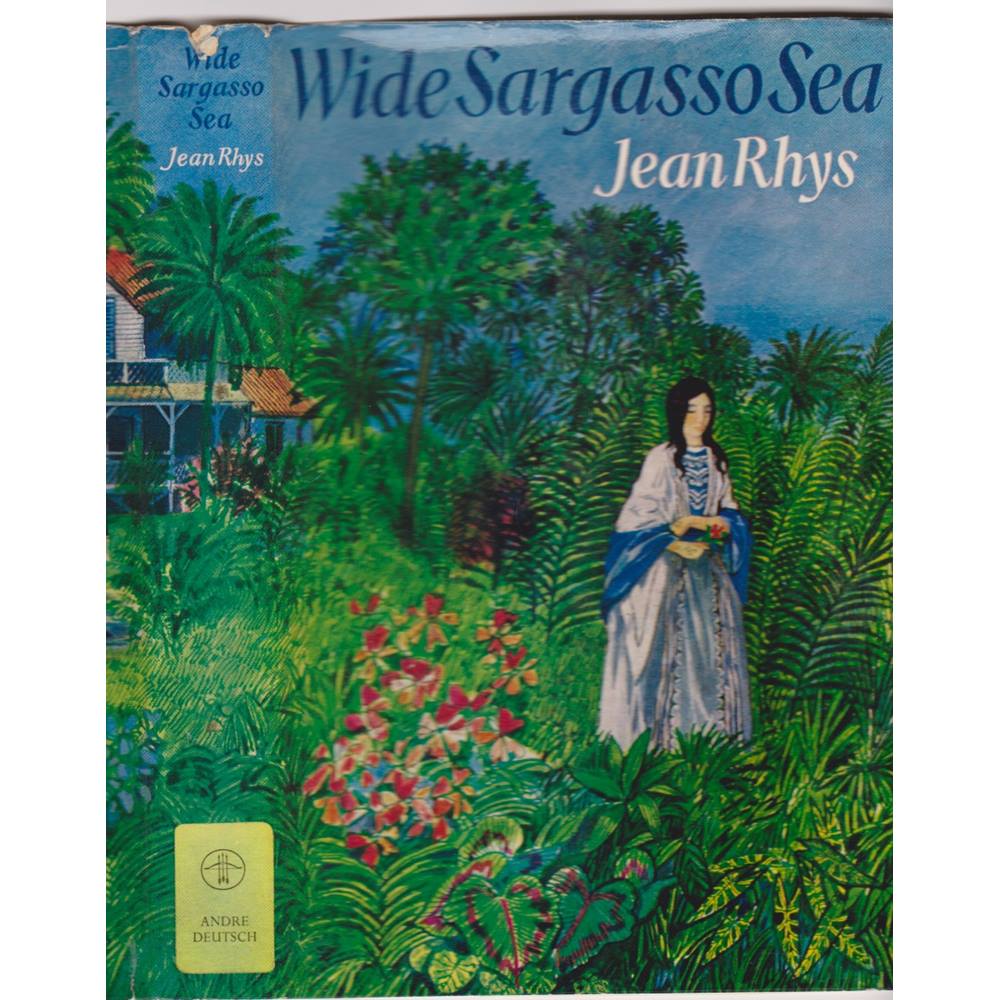
Two early manuscripts from the mid - and late thirties that pre-date the missing “first draft”, namely “Mr Howard’s House – Creole” and the original version of the last chapter of Voyage in the Dark, reveal that Rhys later used and amended some prior material to serve her present purpose – to give a voice to Brontë’s “monster”. If the better part of the novel as we know it was written between 19, Rhys had already conceived of it a long time before she ever intended to revise or revisit Jane Eyre.


In addition, Rhys’s letters are invaluable as they chronicle the development of her novel almost day by day.

2 And yet, incomplete as it is, the manuscript of Wide Sargasso Sea testifies to a creative process spanning several decades. Several exercise books with rough drafts from the early sixties have survived, along with fair copies and even some revised galley proofs for the literary journal Art and Literature – all from a later stage of composition. It is in a fragmented state, and the “first draft of Mrs Rochester” Rhys mentions in a 1959 letter (L 159) is missing. 57857 – is partly autograph, partly in typescript. The manuscript of Wide Sargasso Sea – held in the British Library under the shelfmark Add. But rather than a mere revision of Jane Eyre, some passages are in fact revisions of earlier sketches Rhys had written long before she ever intended to rework Brontë’s masterpiece. It is indeed in many respects a prequel to Jane Eyre, since Rhys’s purpose is obviously to fill in the gaps – to “explain” (L 214) 1 and “build up” (L 156) the madness of Bertha Mason. Ever since it was published in 1966, Wide Sargasso Sea has been read as a postmodern-cum-postcolonial rewriting of the story of the first Mrs Rochester, the mad Creole wife in Charlotte Brontë’s novel. T (.)ġ The examination of Jean Rhys’s manuscripts sheds a new light on the complex and tortuous genesis of her last novel. 2 For a fuller description of the manuscript of Wide Sargasso Sea, see Ruth Webb’s seminal article.



 0 kommentar(er)
0 kommentar(er)
